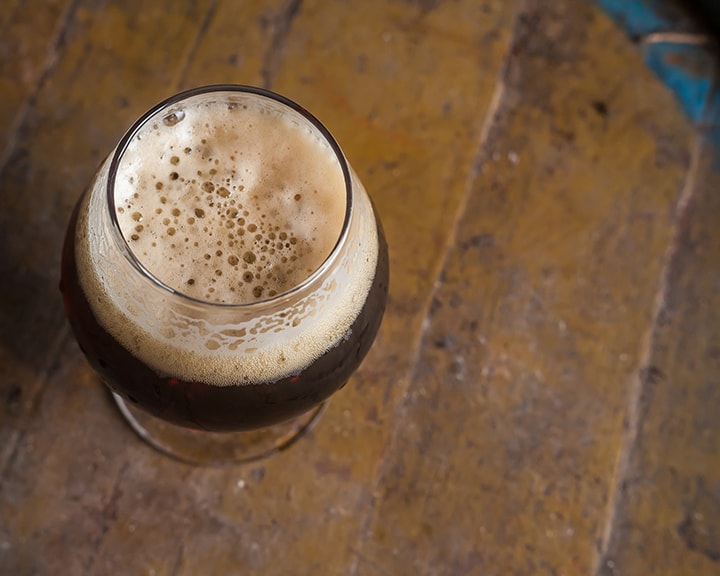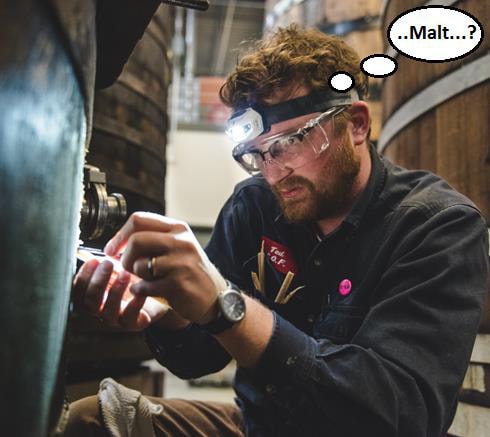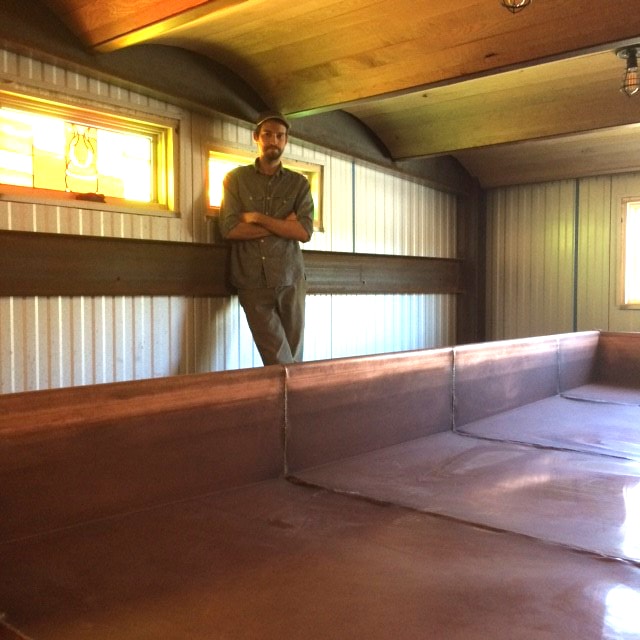
The making of sour beer is beautiful and rewarding. Many brewers, blenders and breweries have dedicated lifetimes to this noble endeavor. The following few paragraphs are some nuggets to get you thinking about a few malt aspects when delving into sour beer production.
For the most part, the malt bill for sour beer production can be very simple. In many cases, the malt charge is made up of Pilsner or Pale Ale malt for the bulk of the fermentables, and a little specialty malt and or grains for color and flavor. I believe a little specialty malt or a mash program that leaves a few dextrins behind are important for the bugs to feed on.

Historically in Belgium, some brewers lean toward more color in their base malts using Vienna or lightly kilned Munich malts. They are also known to employ darker specialty malts such as Caramel malts in the C80º L range, and Chocolate malt to get coffee and cocoa notes. These darker specialty malts drive beer color toward brown and red. Adjuncts such as corn, unmalted red wheat and oats are also popular in the making of sour beers and/or their counter-part beers that are used for blending. Both step and infusion mash programs are used with these malt choices.
Some sour beer brewers believe that a turbid mash with the mentioned malts and grains give their souring microbiology “bugs” a more diverse food source, which lends to a deeper palate and more complex beer. An example of a turbid mash program may be something like:
- Beta Glucan rest at 113º F
- Protein rest at 126º F
- Saccharification rests at 146º F and 158º F
- Mash off at 170º F
- A hot and almost boiling sparge at 190º F
Fermentation programs could be:
- Primary in stainless with a buggy secondary in wood, which can take a year or more for the desired result.
- Spontaneous fermentation in oak tanks or barrels via a coolship. Again, think long maturation times as in Lambic’s.

Remember, as time goes on in the wood storage, it is critical to provide nutrient to the bugs by topping up the tank or barrel. Top up’s in the wood should be done with beer from the bottom up, as to not disturb any pellicle that may have developed in the wood. A fully fermented beer with an AE of 2.5 ºP will provide plenty of food for the bugs.
For additional reading on this wonderful style of beer you may want to check out:
- WildBREWS by Jeff Sparrow
- American Sour Beers by Michael Tonsmeier
- Wood and Beer by Dick Cantwell and Peter Bouckaert
- Malt by John Mallet
Cheers!


